Embrace the Future: Emerging Technology Trends in Mobile Marketing for Success
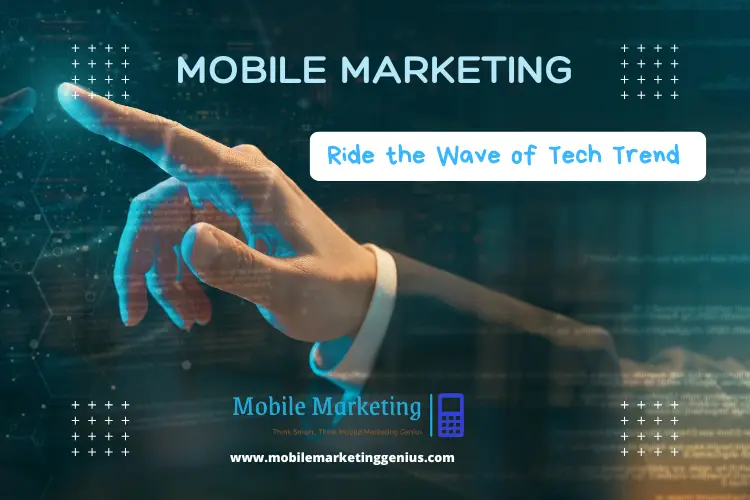
In today’s fast-paced digital landscape, Technology Trends in mobile marketing are driving significant changes in how businesses engage with consumers. With smartphones becoming an integral part of everyday life, mobile marketing is now one of the most effective ways to reach and interact with customers. To remain competitive and meet evolving customer expectations, businesses must stay ahead of these Trends and Technology.
This article will explore the cutting-edge Trends and Technology in mobile marketing that are shaping the future of consumer engagement and digital advertising.
Table of Contents
Overview of Emerging Technology Trends in Mobile Marketing
As mobile marketing continues to evolve, several groundbreaking technology trends are shaping how businesses connect with their audiences. From the transformative power of 5G and artificial intelligence to the immersive experiences offered by augmented and virtual reality, these innovations are redefining the digital marketing landscape. The table below provides a snapshot of these key trends, highlighting their benefits and examples of their application in mobile marketing.
Table 1: Comparison of Mobile Marketing Technology Trends
| Technology Trend | Key Benefits | Examples |
|---|---|---|
| 5G Technology | Faster load times, real-time interactions | Live video chats, AR-based ads |
| AI and Machine Learning | Personalization, predictive analytics | Chatbots, personalized recommendations |
| Augmented Reality (AR)/VR | Immersive user experiences, interactive ads | Virtual try-ons, product demos |
| Voice Search | Hands-free browsing, optimized search experiences | Voice commerce, voice-activated ads |
| Location-Based Marketing | Hyper-targeted offers, proximity notifications | Retail offers, localized campaigns |
| mCommerce | One-click payments, mobile wallets | Apple Pay, Google Pay, Instagram shopping |
| Progressive Web Apps (PWAs) | Offline functionality, app-like features | Pinterest, Starbucks PWA |
| Mobile Video Marketing | High engagement, real-time connection | TikTok ads, Instagram Reels |
5G Technology: Supercharging Technology Trends in Mobile Marketing
One of the most groundbreaking Technology Trends in mobile marketing is the rollout of 5G technology. With faster data transfer speeds, lower latency, and enhanced connectivity, 5G is transforming the mobile experience by enabling richer, more interactive marketing content.
How Enhances Mobile Marketing:
- Faster Load Times: Thanks to 5G, websites, apps, and multimedia content load almost instantaneously, reducing bounce rates and improving user engagement.
- High-Quality Video and AR: 5G supports high-definition video streaming and augmented reality (AR) experiences, creating immersive advertisements that captivate mobile users.
- Real-Time Interactions: 5G enables real-time engagement, such as live video chats, live shopping events, and interactive ads, fostering stronger connections between brands and consumers.
Artificial Intelligence (AI) and Machine Learning (ML) in Mobile Marketing
AI and machine learning represent another key aspect of emerging Trends and Technology in mobile marketing. These tools are transforming how businesses create personalized, predictive, and efficient campaigns. By analyzing vast amounts of data, AI enables marketers to better understand user behavior and automate decision-making processes in real-time.
Key Applications of AI in Mobile Marketing:
- Personalized User Experiences: AI-powered algorithms analyze user data to deliver personalized recommendations, marketing content, and product suggestions based on individual preferences.
- Chatbots and Virtual Assistants: AI-driven chatbots can engage mobile users in real-time, answering questions, providing recommendations, and guiding users through the buying process.
- Predictive Analytics: By utilizing machine learning models, marketers can predict consumer behavior, optimizing campaigns by determining the best times to send messages or launch promotions.
Table 2: Applications of AI in Mobile Marketing
| Application | Description |
|---|---|
| Personalized Experiences | Tailored recommendations and product suggestions based on user data |
| Chatbots and Virtual Assistants | Real-time assistance for user inquiries and purchase guidance |
| Predictive Analytics | Forecasting consumer behavior for campaign optimization |
| Automated Campaigns | Real-time automation for sending messages and promotions |
Augmented Reality (AR) and Virtual Reality (VR)
Among the most exciting Trends and Technology in mobile marketing are Augmented Reality (AR) and Virtual Reality (VR). These technologies offer brands the ability to create immersive and interactive experiences, merging the physical and digital worlds to engage users in new ways.
Table 6: Comparison of AR vs. VR in Mobile Marketing
| Feature | Augmented Reality (AR) | Virtual Reality (VR) |
|---|---|---|
| User Interaction | Enhances real-world view with digital overlays | Immersive, fully simulated environment |
| Accessibility | Works on most smartphones | Requires VR headsets |
| Marketing Use Case | Virtual try-ons, interactive AR ads | Virtual showrooms, immersive demos |
Applications of AR/VR in Mobile Marketing:
- Virtual Try-Ons: AR allows users to try on clothes, accessories, or makeup virtually before making a purchase. This trend is especially popular in fashion and beauty industries, where users can preview products using their smartphones.
- Immersive Product Demos: VR can create fully immersive product demonstrations or virtual showrooms, enabling users to explore products in a simulated environment.
- Interactive Ads: AR and VR are being used to develop interactive mobile ads, allowing users to manipulate 3D objects or interact with branded experiences.

Table 4: AR/VR Applications in Mobile Marketing
| Application | Example Use Case | Impact |
|---|---|---|
| Virtual Try-Ons | Trying clothes, accessories, makeup virtually | Enhances user confidence, boosts sales |
| Immersive Product Demos | Interactive product visualizations | Increases user engagement |
| Gamified Ads | Interactive AR-based mini-games in advertisements | Higher click-through rates |
Voice Search and Voice-Activated Marketing
Voice search and voice-activated assistants like Siri, Google Assistant, and Alexa are redefining how users interact with mobile devices. As voice commands become a preferred method for searching for information and making purchases, mobile marketers must optimize their strategies to accommodate voice search trends.
How Voice Search is Impacting Mobile Marketing:
- Optimizing for Voice SEO: To keep up with Technology Trends in voice search, marketers need to incorporate natural language and long-tail keywords into their SEO strategies.
- Voice Commerce: Voice-enabled purchases are becoming increasingly popular, requiring brands to optimize product listings and payment processes for voice commands.
- Voice-Activated Ads: With voice-activated ads, users can interact with advertisements using voice commands, creating a more seamless and engaging experience.
Location-Based Marketing and Geofencing
Location-based marketing has revolutionized mobile marketing by enabling brands to deliver personalized content and offers based on a user’s geographic location. Geofencing technology, an essential part of this trend, allows marketers to target users in specific areas, such as retail stores, events, or neighborhoods.
Key Benefits of Location-Based Marketing:
- Hyper-Personalized Offers: Brands can send real-time, location-based offers to users when they are near a store, increasing foot traffic and driving sales.
- Proximity Marketing: Geofencing allows businesses to trigger notifications or ads when users enter or leave designated geographic areas, such as shopping malls or events.
- Localized Content: Marketers can tailor their content to reflect a user’s location, language, and culture, making the message more relevant and engaging.
Mobile Commerce (mCommerce)
Mobile commerce (mCommerce) is on the rise, with more consumers opting to shop directly from their mobile devices. The convenience of mobile shopping, coupled with advancements in payment technologies, is fueling the growth of mCommerce and creating new opportunities for businesses.
Trends Shaping mCommerce:
- One-Click Payments: Simplified payment options like Apple Pay and Google Pay allow users to complete transactions with a single tap, reducing friction and boosting conversions.
- Social Commerce: Platforms like Instagram, Facebook, and TikTok are integrating mobile shopping features, allowing users to purchase products without leaving the app.
- Mobile Wallets and Contactless Payments: Mobile wallets and contactless payments are becoming standard, offering consumers fast and secure ways to shop using their smartphones.
Table 3: Key Trends Shaping mCommerce
| Trend | Impact | Examples |
|---|---|---|
| One-Click Payments | Reduces friction, boosts conversions | Amazon’s “Buy Now” button, Apple Pay |
| Social Commerce | Seamless in-app shopping experiences | Instagram Shop, TikTok Shopping |
| Mobile Wallets | Faster and secure transactions | Google Wallet, PayPal Mobile |
Progressive Web Apps (PWAs)
Progressive Web Apps (PWAs) represent a hybrid between websites and mobile apps, offering app-like functionality without requiring users to download an app from an app store. PWAs are gaining traction because they provide a seamless experience for mobile users.
Advantages of PWAs in Mobile Marketing:
- Instant Access: PWAs load instantly and can be accessed through any browser, offering a fast and responsive experience on mobile devices.
- Offline Functionality: Unlike traditional websites, PWAs work even in low-network conditions, ensuring continuous user engagement.
- App-Like Features: PWAs offer features like push notifications, home screen shortcuts, and background updates, mimicking the functionality of a native app.
Mobile Video Marketing
With the growing popularity of video content, mobile video marketing has become a powerful tool for engaging consumers. Platforms like TikTok and Instagram Reels have popularized short-form video content, while live streaming is helping brands connect with their audiences in real time.
Key Trends in Mobile Video Marketing:
- Short-Form Video Content: Platforms such as TikTok and Instagram Reels have made short, bite-sized video content a popular format for engaging mobile users.
- Live Streaming: Live video shopping events, product launches, and Q&A sessions are becoming a key part of mobile marketing strategies, helping brands engage with their audience in real-time.
- Vertical Video: As mobile users primarily hold their phones vertically, vertical video formats (such as Instagram Stories) are more engaging and result in higher completion rates.
Push Notifications and In-App Messaging
Push notifications and in-app messaging are essential for driving user engagement and re-engaging inactive users. Personalized and timely messaging encourages users to take action, whether it’s making a purchase or interacting with an app feature.
Benefits of Push Notifications and In-App Messaging:
- Personalized Content: Notifications can be tailored to user preferences, location, and behavior, increasing relevance and engagement.
- Real-Time Updates: In-app messages and notifications allow businesses to deliver real-time updates, such as flash sales or shipping notifications.
- Increased Engagement: These tools keep users engaged even when they’re not actively browsing the app, helping drive conversions and brand loyalty.
Table 5: Benefits of Push Notifications and In-App Messaging
| Benefit | Description | Example |
|---|---|---|
| Personalized Content | Custom-tailored offers based on user behavior | “50% off on items in your cart!” |
| Real-Time Updates | Instant notifications for time-sensitive events | Flash sale alerts |
| Re-Engagement | Incentivizes inactive users to return | Reminder of unused loyalty points |
Conclusion
The landscape of mobile marketing is rapidly evolving, driven by Trends and Technology like 5G, AI, AR/VR, voice search, and location-based marketing. Staying ahead of these emerging Trends and Technology is crucial for businesses aiming to engage their audience in more personalized and immersive ways.
By embracing these innovations, brands can create richer, more interactive experiences that resonate with mobile users, ultimately driving customer satisfaction, loyalty, and growth. The future of mobile marketing is bright, and those who adapt to these Trends and Technology will be well-positioned to thrive in the competitive digital marketplace.

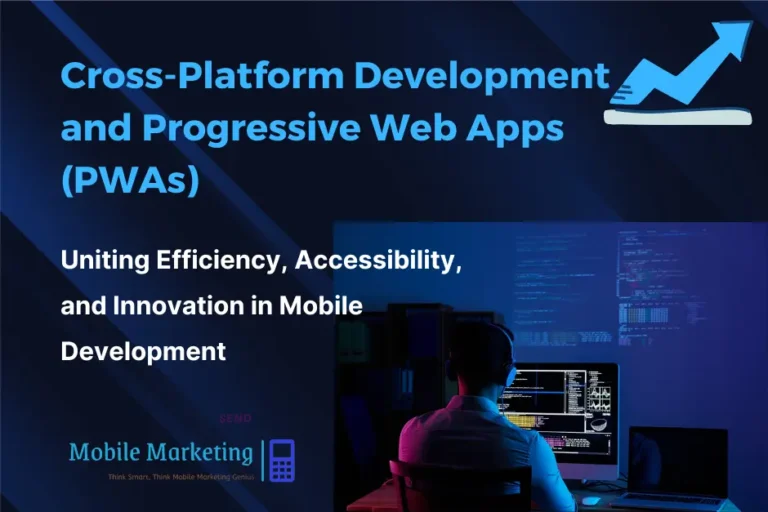
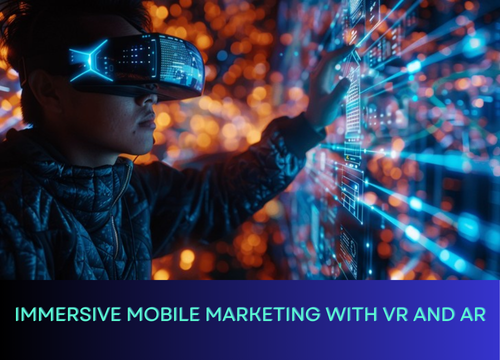
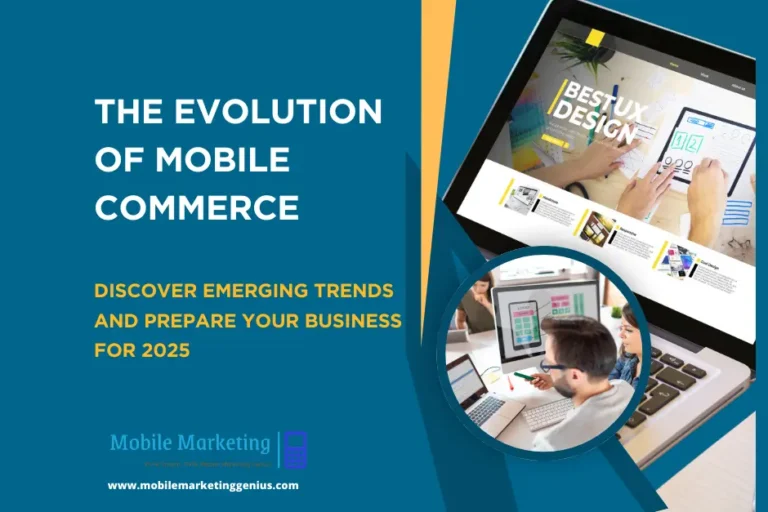
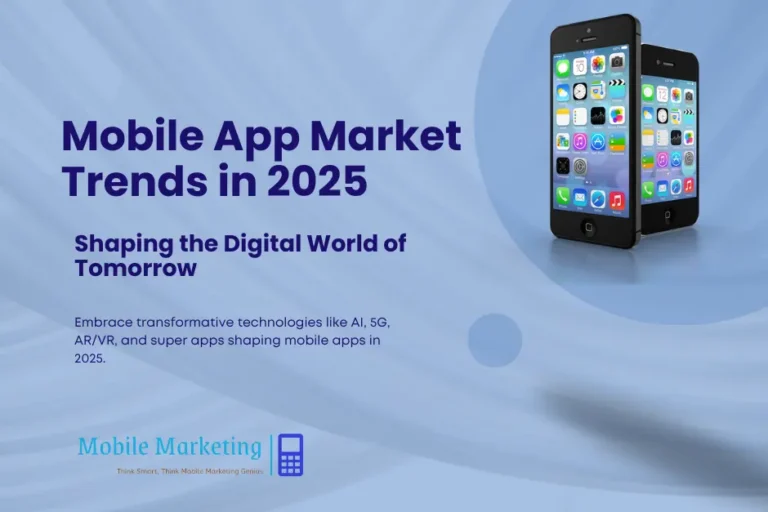
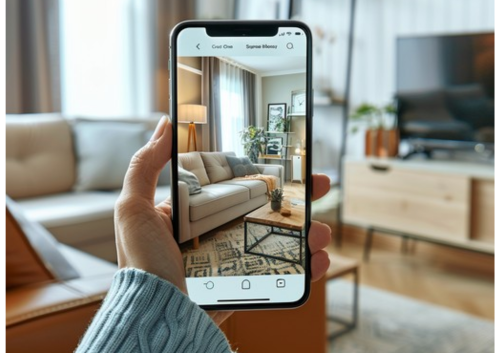

2 Comments
Comments are closed.